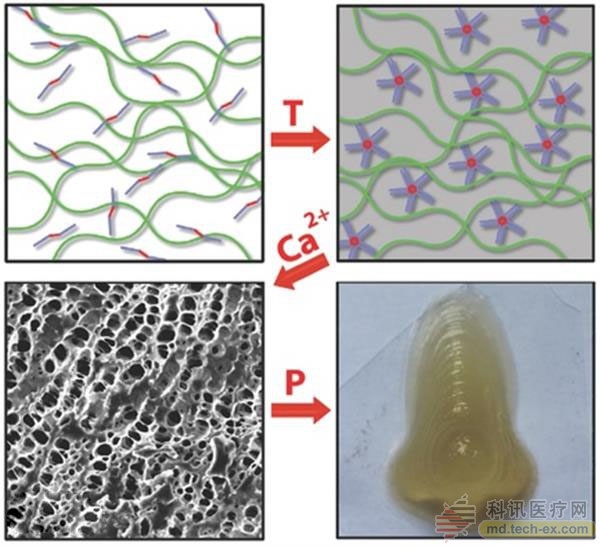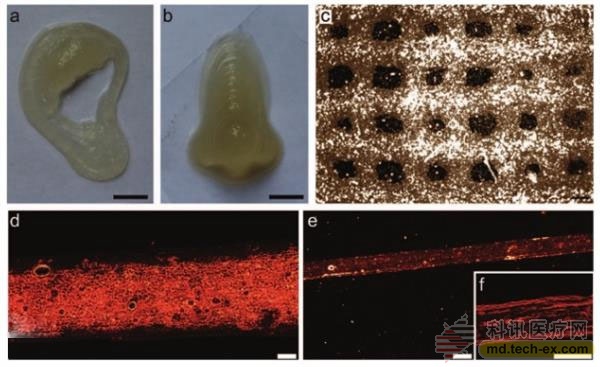Release date: 2016-06-29
A few days ago, scientists at the University of Bristol in the UK developed a new type of bio-ink that is said to eventually print in 3D as a complex tissue that can be used as a surgical implant.
This kind of bio-ink containing stem cells can be used for 3D printing of living tissue, which is what we often call bio-printing.

It is understood that this new type of bio-ink contains two different polymer components: natural polymer materials extracted from seaweed and lossy synthetic polymers that can be used in the medical industry, and both of these components can function. Among them, synthetic polymers can convert bio-ink from liquid to solid at elevated temperatures, while extracts from seaweed provide structural support when introduced into cell nutrition.

Dr. Adam Perriman, Principal Investigator from the School of Cell and Molecular Sciences, said: “Designing this new type of bio-ink is extremely challenging. You need a material that can print and be strong enough to be immersed in the printed tissue. The liquid retains its shape and is harmless to the cells. We succeeded in doing this, but after many trials and errors we found before we found the final formula.

"This special bio-ink formulation can be extruded as a liquid from a modified desktop 3D printer and converted to a gel at 37 degrees Celsius to create a complex live 3D tissue."
The team has been able to differentiate stem cells into chondrocytes (the cells that secrete bone matrix) and osteoblasts (the cells that secrete the cartilage matrix and embed them), allowing the development of 3D printed tissue structures within 5 weeks, including A full-size tracheal cartilage ring.
Dr. Perriman said: "The most surprising thing for us is that when cytotrophins are introduced, the synthetic polymer is completely removed from the 3D structure, leaving only stem cells and natural seaweed polymers. This is in turn in the structure. Many tiny pores have been created to more efficiently deliver nutrients to stem cells."
It is understood that the research team's findings have been published on the cover of "Advanced Healthcare Materials", titled "3D Bioprinting Using a Templated Porous Bioink" 》.
It is widely believed that this outcome may ultimately lead to the use of the patient's own stem cells for the surgical 3D printing of bone or cartilage implants that can be used in knee and hip surgery.
Source: Tiangongshe
Cell Culture Flask,Cryo Freezing Tube,Sample Cup Cuvette,Block Storage Cabinet
NINGBO YINGMED MEDICAL INSTRUMENTS CO.,LTD , https://www.chinayingmed.com